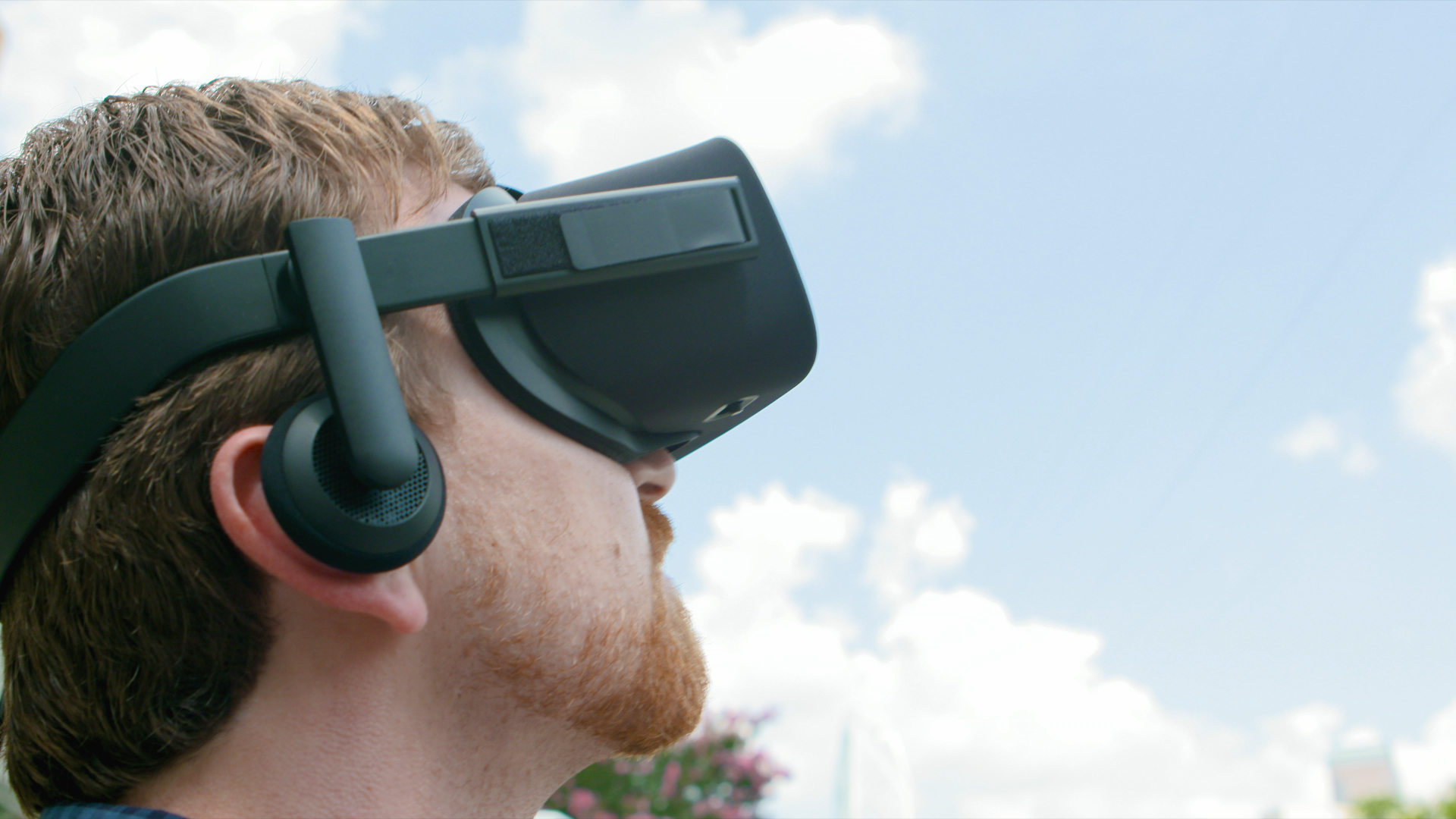Creative
Television and Video
We live in a visual world. And technologies that expand our visual storytelling capabilities, from simulated environments to sweeping aerial shots, feed our innate yearning for great stories.
Here are three new technologies changing video production today.
- VR technology (virtual reality) creates a simulated environment and immerses users in that environment. It connects with users’ emotions by placing them directly in a situation. They don’t have to use their imagination, because the situation feels real. Want to immerse your target audience in the Moroccan Desert to showcase a new outdoor fabric? Don’t put them on a plane. Instead, instantly take them to the desert using VR. Many marketers also attend trade shows, where VR technology can help products stand out in a sea of booths and pamphlets.

- Variable frame rates can tell a short story exceptionally well, especially when the story happens in just a few seconds of real time. Variable frame rates allow videographers to capture a single moment at hundreds of frames per second. For reference, sports are filmed at 300 frames per second, so viewers can see contended calls in slow motion on replay. Five years ago, this frame rate was impossible. Ten years ago, it was unthinkable.
- Drones are getting smaller, smarter and faster. They can capture a unique perspective that used to be unattainable, and the quality of drone cameras has advanced tremendously. Not only do FAA-certified drones increase the production value of many storylines, but they also produce epic spots, showcasing everything from one-of-a-kind sheathing systems to grand city skylines.
Technology isn’t slowing down. That’s why it’s important for marketing storytellers to continuously adapt and understand how their audience wants to consume content. But no matter how advanced the tools become, the story should still remain at the heart of every effort.


